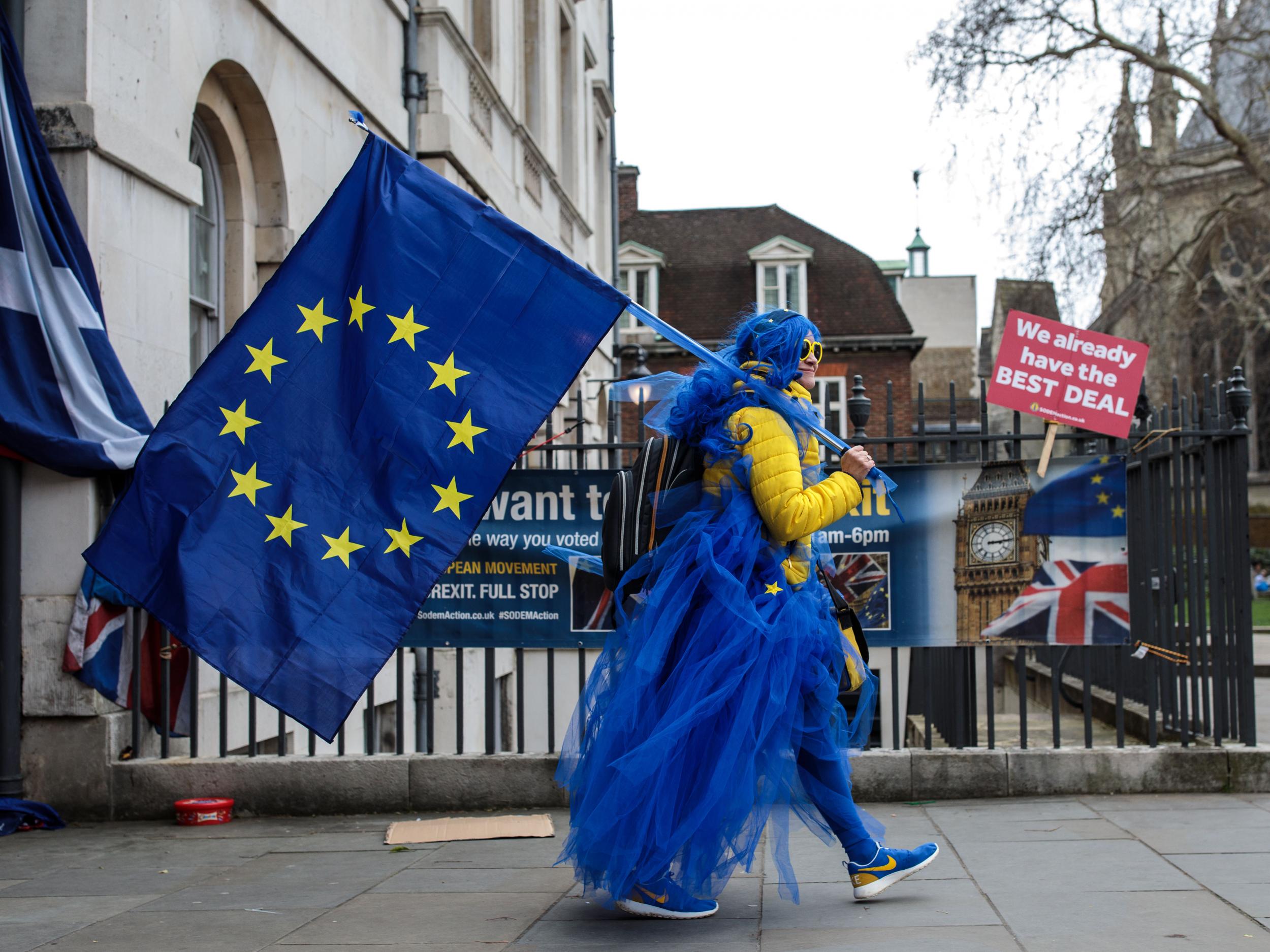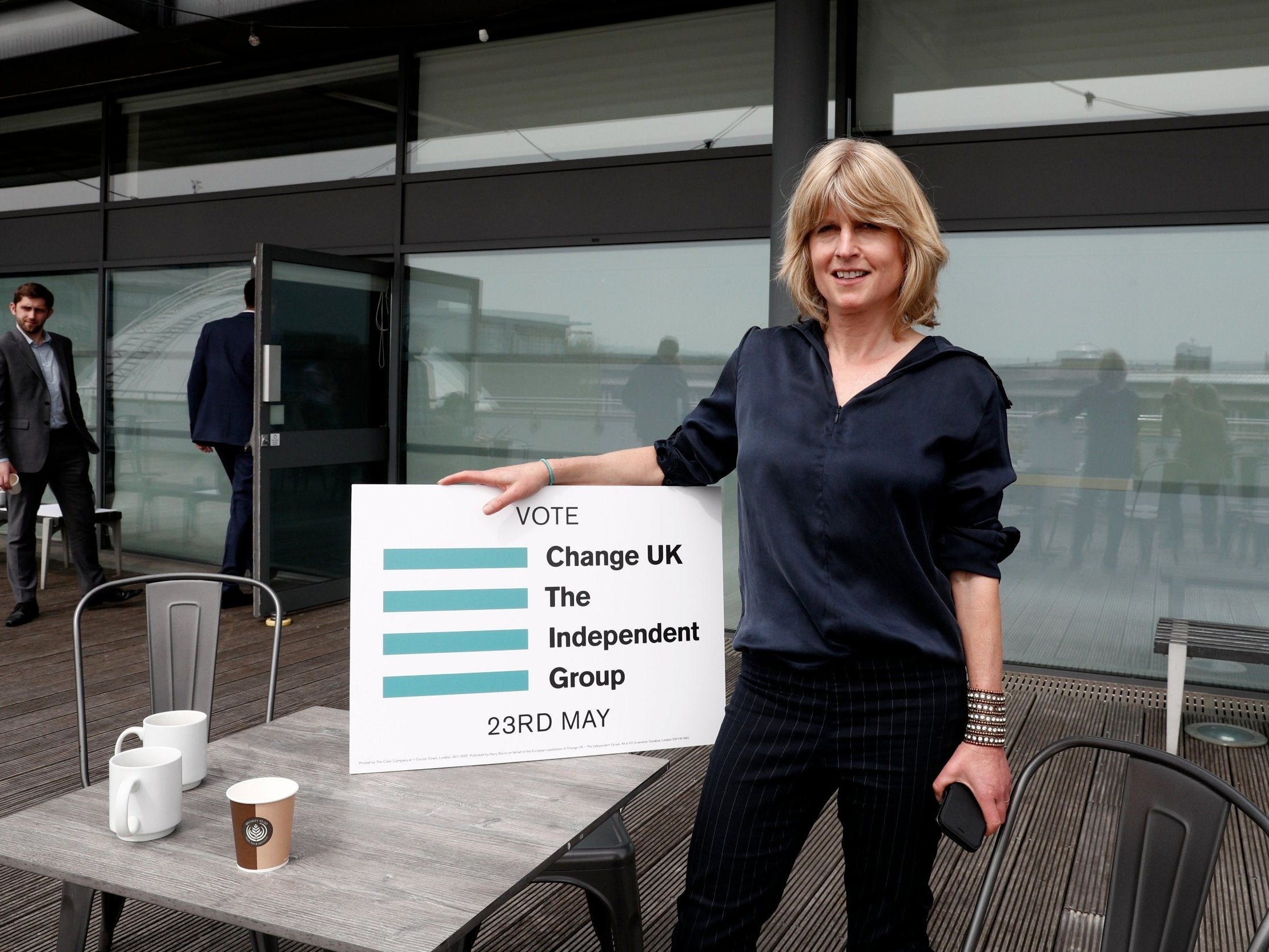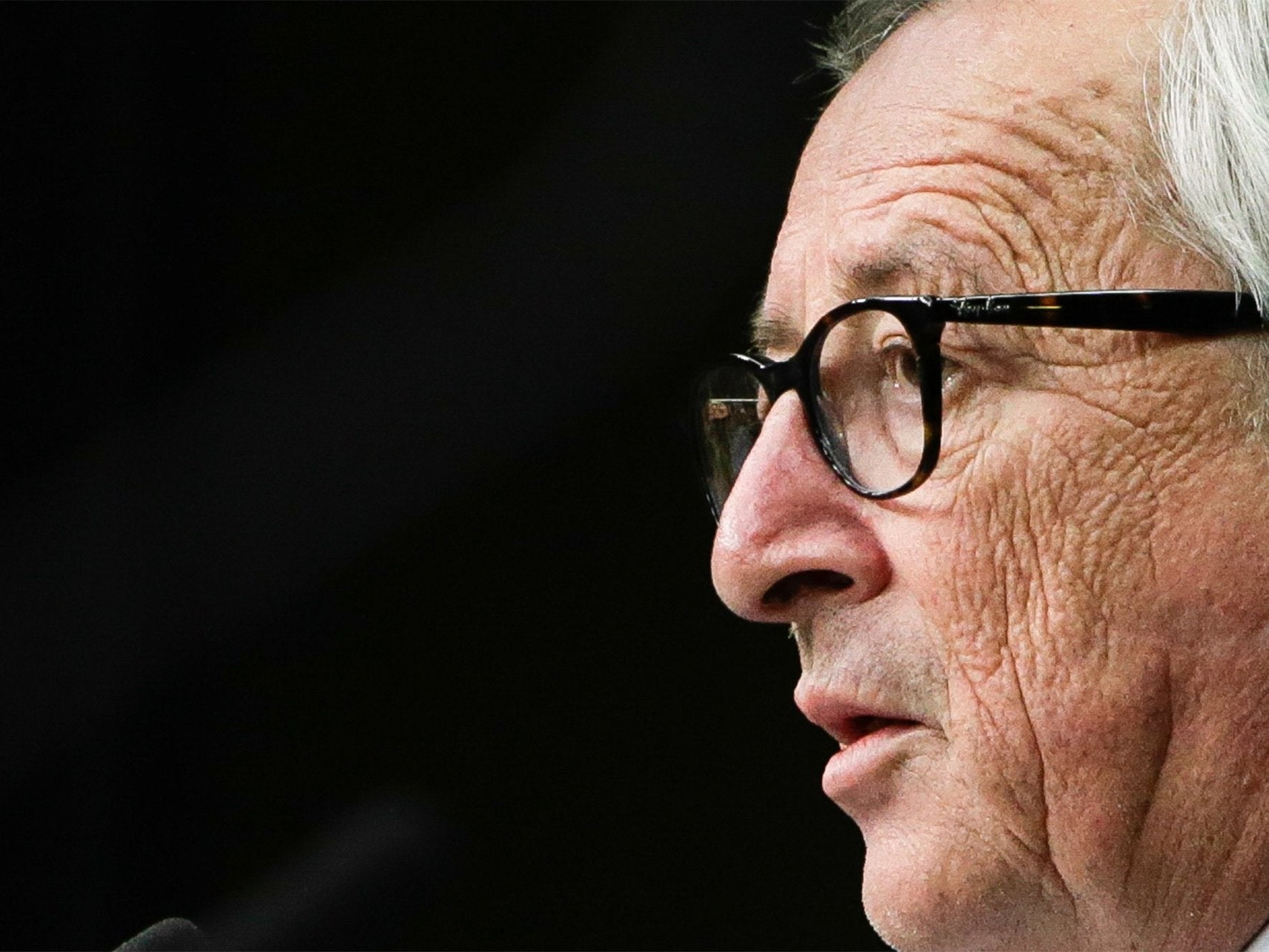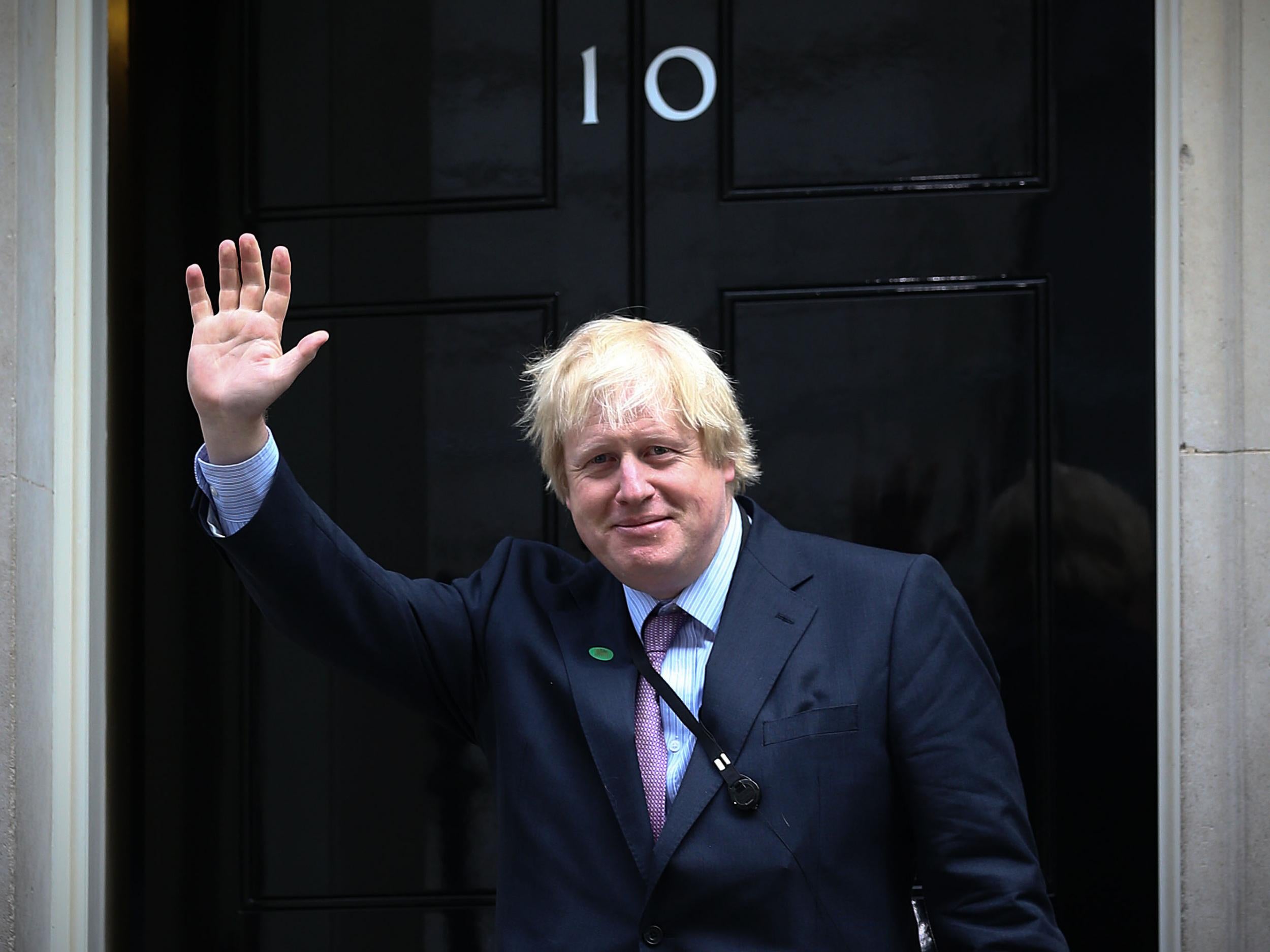The UK isn’t Norway, and the proposed common market 2.0 is no solution to Brexit
An option that pleases no one, does not deliver on the result of the referendum and locks us into permanent negotiations with the EU will not lead us back to national unity, says Nat Shaughnessy

Nothing has changed.
A month ago, EU leaders offered the UK a six-month extension of Article 50 after a debate that lasted into the small hours of the morning. Theresa May mercifully had no choice but to accept: yet she arrived back at No 10 with a deal that still appears unpassable, despite ongoing cross-party talks with Jeremy Corbyn.
After the Easter break and local elections that proved fairly disastrous for both main parties, it remains potentially awkward for either side to end these talks, even though they seem to be going nowhere. The country is not far from entering a new Groundhog Brexit phase, with the start of each new day, week, or month marked by Theresa May scrambling journalists outside Downing Street to let them know she is “getting on with the job at hand”.
That said, there is some hope for the prime minister. After two rounds of indicative votes her withdrawal agreement was able to attract more votes (286) than any other single option, closely followed by the Kyle-Wilson “confirmatory referendum” (280) and Ken Clarke’s customs’ union plan (273). The caveat is that this only applies when the divorce bill is separated from the political declaration. The vote for the PM’s withdrawal agreement also includes the votes of the cabinet, who abstained in the free votes.
With a third round of indicative votes having been voted down (for now), it may be that in due course the government will be tempted to bring back the original deal one more time – assuming the talks with Labour indeed prove fruitless, and provided they can get it past the speaker.
There are even some who suggest it might get over the line with members of the ERG forced to come to terms with the reality of a long delay and participation in European elections. With any sense they should be waking up to the fact that Brexit is only going to get softer (or cease to exist) before 31 October.
However, of the 344 MPs who voted against the withdrawal agreement, 135 publicly support a people’s vote and another 150 (roughly) can be relied upon to unerringly follow the Labour whip. This leaves May with a maximum of around 60 MPs who are theoretically attainable. Of these, around 28 are your archetypal “hard Brexiteers” whose support is currently being pursued, but even convincing every single one of these MPs leaves May short of a majority without the unwavering DUP. With the added challenge of hardliners such as Richard Drax having reneged on their support for the deal, the prospects of it passing any time soon are slim.
While it is often assumed that adopting the Norway model would automatically solve the Irish border question, Norway retains customs checks at its border with Sweden
As the process reaches its inevitable conclusion, if the deal is brought back at all, the onus will once again be on parliament to determine what happens next. With European elections now a given, and no deal (for now) completely out of contention, there are three options that have a realistic chance of success; a confirmatory referendum, a general election or a much softer Brexit.
For many Tory MPs and the newly formed Change UK group, supporting a general election would require them to find new jobs within a matter of weeks, and there remains considerable (albeit softening) resistance in parliament to another referendum. So by process of elimination, calls for the government to pivot towards a softer Brexit in the coming weeks are likely to grow louder. Branded “common market 2.0”, Nick Boles’ alternative Brexit proposal was attracting growing support across the house until his dramatic exit from the Conservative party. That support may well eventually manifest itself into a majority, despite his emotional declaration of failure.
So, what is common market 2.0? Despite its recent rebrand, it has existed since the very beginning of the process as the so-called Norway-plus option, the preferred Brexit of many within the EU, including Jean-Claude Juncker.
Norway is a member of both the EEA (European Economic Area) and EFTA (European Free Trade Agreement), alongside Liechtenstein and Iceland. Membership of the EEA entails accepting full membership of the single market, with all its rights and obligations including, crucially, freedom of movement. Economic modelling has consistently indicated that this would be the least-damaging outcome for the UK if it leaves the EU, with the LSE forecasting “only” a 1.28 per cent fall in average incomes, rising to 6.3 per cent when accounting for the long-run dynamic implications such as loss of foreign investment.

But while it is often assumed that adopting the Norway model would automatically solve the Irish border question, Norway retains customs checks at its border with Sweden. Both the EU and UK have reiterated their commitment to avoiding any hard-border infrastructure, at risk of disrupting over 20 years of peace in the region. Given this, Britain would have to go one step further than Norway and negotiate a UK-wide customs union, hence Norway-“plus”.
For a good share of MPs, this model best exemplifies the “will of the people”. Leaving the EU but not going far, it would represent a 52-48 Brexit.
There is a significant group of northern Labour MPs in particular who remain vehemently opposed to another referendum for the risk it might divide the country (which, clearly, is currently the epitome of unity) and for whom common market 2.0 is a way out of the endless purgatory of the Brexit debate. It ensures we leave, whilst protecting the economy and the jobs of their constituents – and enables the country to finally move on and focus on the chronic structural economic issues that drove much of the Brexit vote.
The problem with this logic is that it delivers on exactly none of the promises that were made in 2016 and renders Brexit, above anything else, fundamentally pointless.
Any Brexit settlement should be judged against how far it delivers on the 2016 referendum mandate. It is often claimed that it is impossible to know what people voted for: but analysis has consistently returned the same three most frequently cited motivations for the leave vote. These were; control over immigration, control over UK law and ending UK financial contributions to the EU. Unsurprisingly, these were the first three of the “five positive reasons to leave the EU” promised in Vote Leave’s flagship campaign leaflet.
This is the standard against which common market 2.0 should be judged. If a deal fails to deliver on the 2016 mandate, it would be undemocratic to implement it without a renewed mandate. That is how democracy works.
Common market 2.0 simply doesn’t stand up to this test. As noted, the Norway model entails accepting freedom of movement, albeit with a “new reserve power” that allows the government to impose temporary limits if it can demonstrate immigration is causing serious “economic, social or environmental” difficulties. Given the size of the UK and its economy’s reliance on EU migration to support public services such as the NHS, its ability to demonstrate it has reached these exceptional circumstances are slim to nil.
As soon as Brexit is defined, it becomes a betrayal of the lies told in 2016 and public support for the reality of the deal collapses
In practice, therefore, rules on immigration would function much the same as the UK’s existing deal as a member state.
To their credit, common market 2.0 proponents are fairly open about this and instead advocate stricter implementation of existing EU restrictions on free movement. Still, the unavoidable reality is this deal fundamentally fails to deliver on the overwhelming first priority of leave voters.
Common market 2.0 similarly requires accepting EU law and regulations over all single market-based competencies from which it does not secure an opt-out, whilst ceding any formal voting power over these rules. It would admittedly take Britain out of the jurisdiction of the ECJ, but would instead drop us under the jurisdiction of the EFTA court. Far from “taking back control”, we would have simply swapped one supranational court for another, slightly lesser known one – all whilst actively losing our democratic right to shape these rules that govern us.

Finally, in terms of financial contributions, Norway pays (per head) about 63 per cent of what the UK currently does to the EU budget. Whilst this would admittedly represent a fiscal saving for the UK, the slogan: “We send £350m to the EU every week, let’s send £220m a week instead and lose our seat at the table” just doesn’t quite have the same ring to it as the one which adorned the Brexit bus in 2016.
The People’s Vote campaign is sometimes accused of treating Leave voters with disdain. But hoping the public simply won’t notice that the UK has retained free movement, actively lost control over its laws and is still sending over 60 per cent of its original contributions post-Brexit is patronising to the point of being insulting.
It is of course true that common market 2.0 is offered in the spirit of compromise and its proponents have honourable motives in proposing a least-possible-damage means of unifying the country. But an option that pleases no one, does not deliver on the result of the referendum and locks us into permanent negotiations with the EU will not achieve this.
Voters will rightly question what was the point of leaving at all on these terms. Soon the question of our membership of the single market will resurface and the country will remain deeply divided. Additionally, this option will still leave the UK economically worse off than it would’ve been inside the EU – and Brexiteers will no doubt weaponise the resultant slow growth and weak investment to seek a mandate for a harder Brexit at the next election.
If there were a genuine appetite for common market 2.0, its proponents would be comfortable making the case for this to be on the ballot paper in any confirmatory referendum (even if they’d prefer to avoid having one). They’re not, because they know it would struggle to get even 20 per cent of the vote.
This epitomises the fundamental problem with Brexit itself – and is why we did not, and could not, leave on the 29 March. As soon as Brexit is defined, it becomes a betrayal of the lies told in 2016 and public support for the reality of the deal collapses. Against this democratic paradox, the only way forward is sending any deal that has been negotiated back to the people to seek a renewed mandate to leave on these terms.

The campaign should begin with an apology from both sides for the manner in which the last referendum was conducted and the media must play a more active role in ensuring MPs and commentators are properly held to account for saying things that are demonstrably untrue.
As a Remainer who has no time for the self-indulgent “global Britain” fantasy pedalled by Brexiteers, I would quite like to continue to live in a country with jobs and an economy. So if we cannot achieve a people’s vote then the softest possible Brexit appeals greatly to my own self-interest. But any MP motivated by reunifying the country should not be so foolish as to think this will heal the divide. If common market 2.0 is passed without public ratification, it would be a matter of minutes before Farage, Johnson, Rees-Mogg and Co pledge to tear the agreement up at the next election.
Reasonable MPs above all else now have a responsibility to be honest. No form of Brexit can deliver what was offered in 2016. Common market 2.0 wouldn’t heal the divide in the UK, it would eternalise it.
Nat Shaughnessy is a campaign coordinator at Our Future, Our Choice
Join our commenting forum
Join thought-provoking conversations, follow other Independent readers and see their replies
Comments